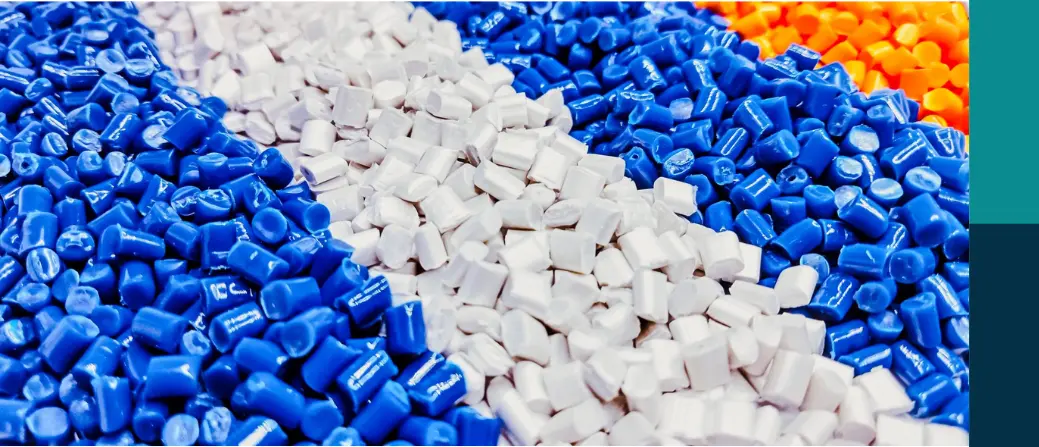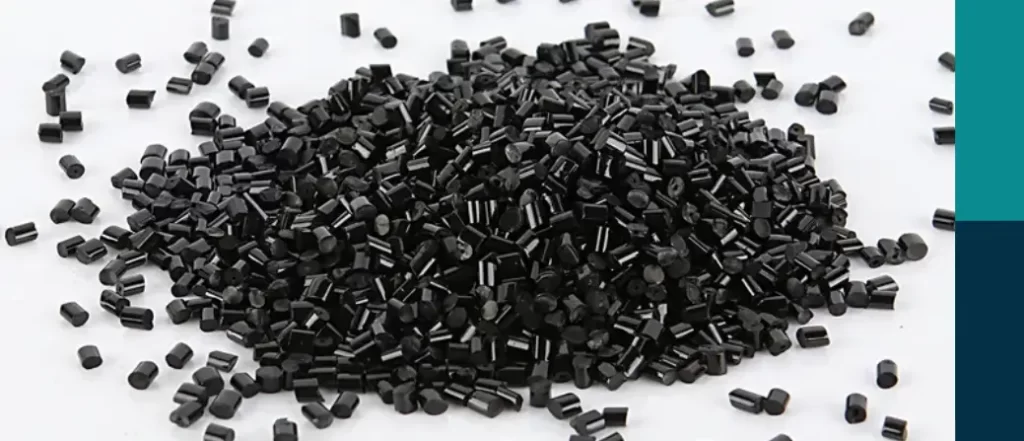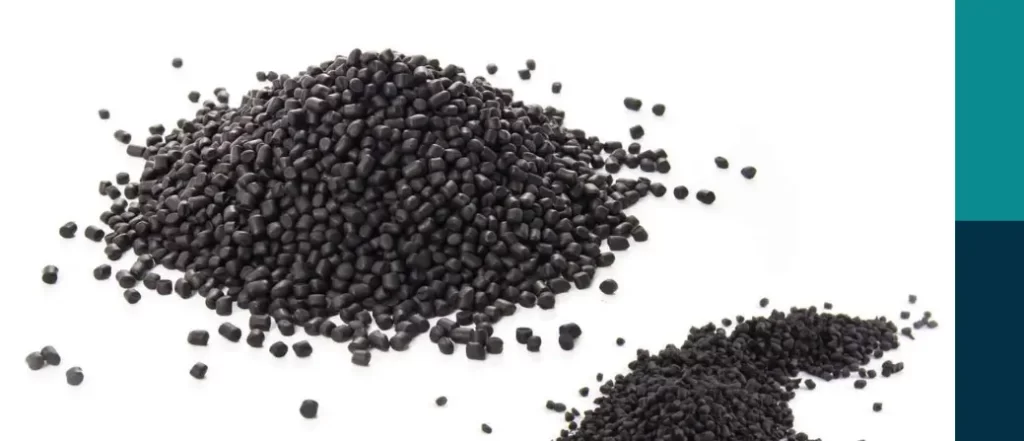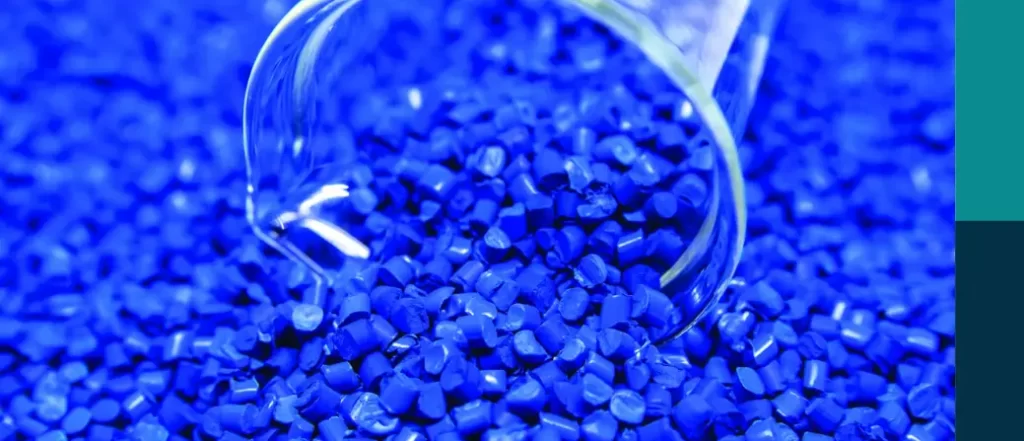Table of Contents
In the world of plastics, colour and performance are paramount. Polymer masterbatch serves as a critical additive that enhances the properties of plastic products while offering a spectrum of colours.
This article explores what polymer masterbatch is, its manufacturing process, applications, and benefits, providing insights into its vital role in the plastics industry.
What is Polymer Masterbatch?
Polymer masterbatch is a concentrated mixture of pigments and additives encapsulated in a polymer carrier. This formulation is designed to impart colour and improve specific properties of plastic products during processing.
The term “masterbatch” signifies a product that is not yet ready for use but is a concentrated form that can be diluted or combined with other materials in the final application.
Components of Polymer Masterbatch
- Carrier Resin: The base material that binds the pigments and additives, ensuring uniform distribution during the processing of plastics. Common carrier resins include polyethylene (PE), polypropylene (PP), and polystyrene (PS), chosen based on the end application.
- Colorants: These can be organic or inorganic pigments that provide color. The choice of colorant depends on factors like opacity, lightfastness, and regulatory compliance.
- Additives: Various additives may be included to enhance properties such as UV resistance, flame retardancy, anti-static characteristics, and processing aids that improve the flow of materials during manufacturing.
The Manufacturing Process of Polymer Masterbatch
The production of polymer masterbatch typically involves several key steps:
- Selection of Raw Materials
High-quality raw materials are selected based on the desired properties and end-use of the masterbatch. This initial step is critical to ensure that the final product meets performance standards.
- Compounding
The raw materials are then compounded using methods such as:
- Extrusion: This is the most common method, where the materials are heated and mixed in an extruder. The molten mixture is then cooled and cut into granules, resulting in uniform distribution of color and additives.
- Banbury Mixing: In this method, materials are mixed under high shear and temperature in a closed chamber, which is ideal for high-viscosity formulations.
- Cooling and Pelletizing
After compounding, the mixture is cooled to solidify. It is then pelletized into small granules, making it easy to transport and handle during the production of final plastic products.
- Quality Control
Throughout the manufacturing process, rigorous quality control measures are implemented. Samples are tested for colour consistency, dispersion quality, and the stability of additives to ensure compliance with industry standards.
Benefits of Polymer Masterbatch
The use of polymer masterbatch offers several advantages:
- Cost-Effectiveness
Masterbatch allows manufacturers to achieve desired colours and performance without extensive processing changes, leading to cost savings in production.
- Consistency and Quality
The controlled manufacturing process of masterbatch ensures high consistency in colour and performance, which is crucial for quality control in production.
- Flexibility
Polymer masterbatch can be tailored for various applications, allowing manufacturers to meet specific requirements efficiently.
- Environmental Sustainability
With growing concerns about environmental impact, many manufacturers are now producing eco-friendly masterbatch formulations that utilize recycled materials or bio-based components, supporting sustainability efforts in the plastics industry.
Polymer masterbatch is a vital component in the modern plastics industry, enhancing the aesthetics and performance of a wide range of products. Its manufacturing process, from raw material selection to quality control, ensures that it meets the rigorous demands of various applications. As the industry continues to evolve, the importance of polymer masterbatch in delivering sustainable, high-quality, and visually appealing products will only increase. Embracing this technology is essential for manufacturers aiming to stay competitive in a rapidly changing market.




